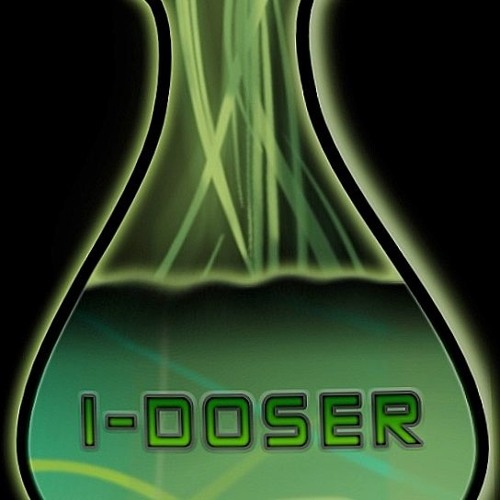

This pattern provides the typical bullseye appearance. Hydroxychloroquine retinopathy causes destruction of macular rods and cones with sparing of foveal cones. Ciliary body dysfunction is rare and no risk factors are identified. Keratopathy is rare (<1%) in patients treated with typical doses of hydroxychloroquine. However, if a patient has not demonstrated toxicity after the 20-year point, he/she only has a 4% risk of developing toxicity the subsequent year. At recommended doses, the risk of toxicity up to 5 years is under 1% and up to 10 years is under 2%, but rises to nearly 20% after 20 years. Concomitant retinal conditions predispose to toxicity due to predamaged cellular elements. some nonpathogenic ABCA4 polymorphisms) may actually be protective. Genetic factors (e.g., polymorphisms in the cytochrome P450 gene which may impact blood concentrations) may be a lesser risk factor associated with toxicity risk, whilst others (e.g. Other major risk factors include renal disease (eGFR <60ml/min/1.73m2), concominant drug use (e.g., tamoxifen), and macular disease which is thought to potentially affect screening and susceptibility to hydroxychloroquine and chloroquine. Patients are at low risk during the first 5 years of treatment. Risk for toxicity is less with <5.0 mg/kg real weight/day for hydroxychloroquine and <2.3 mg/kg real weight/day for chloroquine. Hydroxychloroquine retinopathy is most influenced by daily dose and duration of use.

Ciliary body dysfunction disturbs accommodation and is rare. Corneal toxicity presents as an intraepithelial deposition of the drug into the cornea, which rarely affects vision. Since retinal toxicity is usually irreversible, early detection of retinal toxicity and cessation of the offending agent is the best treatment. Advanced hydroxychloroquine toxicity presents as a bullseye maculopathy. While early toxicity may be asymtomatic, patients with more advanced stage of toxicity may complain of color vision changes or paracentral scotomas.

Its toxic effects on the retina are seen in the macula. In the United States, hydroxychloroquine is most often used for its anti-inflammatory effects in rheumatology and dermatology. Chloroquine is now uncommonly used in favor of its derivative hydroxychloroquine. This article focuses upon hydroxychloroquine retinopathy.Ĭhloroquine was originally used as an anti-malarial therapeutic. Chloroquine can also induce cataract formation however, no reports of hydroxychloroquine and cataract have been reported. Hydroxychloroquine (Plaquenil) and chloroquine cause ocular toxicity to various parts of the eye such as the cornea, ciliary body, and retina.


 0 kommentar(er)
0 kommentar(er)
